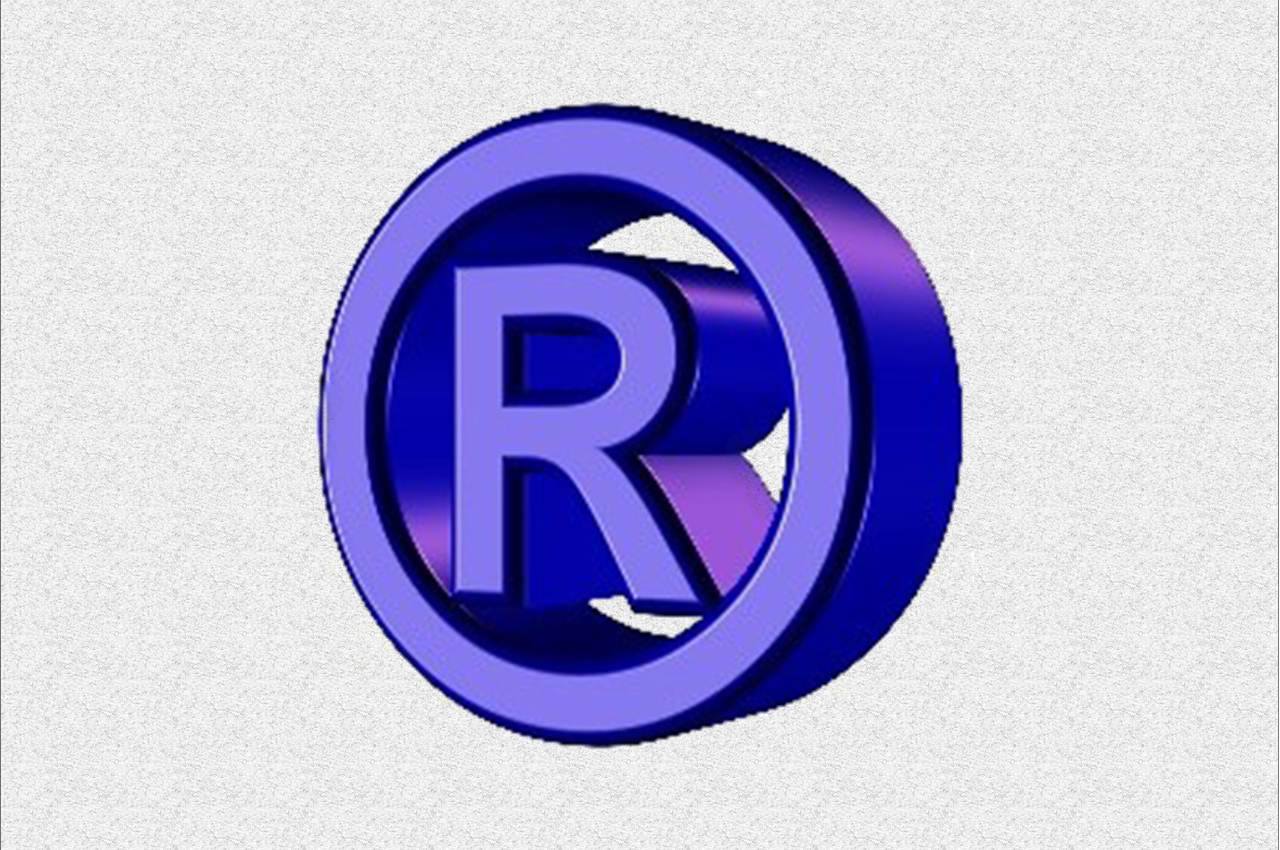Resources
Trademarkology
Back To Basics: Trademark Use In Commerce
While we usually report on “sexy” trademark topics on the Trademarkology blog (e.g., Deadmau5’s catfight with Ferrari, Prince’s breakup with his record label, Thomas Pink’s panty raid on Victoria’s Secret), a recent question from a law school student made me revisit one of the fundamental issues in trademark law: use in commerce. A trademark must be used in commerce to be federally registered. So what does that mean? Here’s what the Trademark Act says:
The term “use in commerce” means the bona fide use of a mark in the ordinary course of trade . . . . For purposes of this Act, a mark shall be deemed to be in use in commerce —
(1) on goods when —
(A) it is placed in any manner on the goods or their containers or the displays associated therewith or on the tags or labels affixed thereto, or if the nature of the goods makes such placement impracticable, then on documents associated with the goods or their sale, and
(B) the goods are sold or transported in commerce, and
(2) on services when it is used or displayed in the sale or advertising of services and the services are rendered in commerce, or the services are rendered in more than one State or in the United States and a foreign country and the person rendering the services is engaged in commerce in connection with the services.
Make sense? For trademark lawyers, it does. For law school students, the statutory definition results in blank stares. It also creates a trap for the unwary filer.
Last year, the Trademark Trial and Appeal Board found an application void ab initio because it did not meet the use requirements. In Clorox Co. v. Salazar, 108 USPQ2d 1083 (TTAB 2013), the applicant had sought to register the mark CLOROTEC and design for electronic equipment, namely electrolysis cell for use in the manufacture of various ionic solutions.

The application was opposed by Clorox on the basis that it so resembled Clorox’s registered CLOROX marks, CLOROX and diamond-shaped design marks, and diamond-shaped design marks for household and laundry cleaning products as to be likely to cause confusion.

Clorox also opposed the application on the basis that the applicant did not make bona fide use of the mark in commerce on the identified goods as of the filing date of the use-based application.
The Board was not impressed with the applicant’s argument that any requirement for the actual sale or transportation of goods is “inequitable and inconsistent with Congress’ intent behind the ‘use in commerce’ definition” (“[T]he plain language of the statute . . . requires ‘sales’ even if they are infrequent or seasonal in nature.”). The Board was also not impressed with the applicant’s argument that the depiction of the applied-for mark on his website constituted use in commerce (“The mere use of a trademark in the advertising or promotion of goods in the United States is insufficient to constitute use of the mark in commerce, . . . where the advertising or promotion is unaccompanied by any actual sale or transport of the goods in commerce”). Finally, the Board was not impressed with applicant’s arguments that the shipment of parts for his goods bearing the mark from applicant’s manufacturer to applicant constituted use in commerce. Therefore, the Board found the application void ab initio.

To avoid making the same mistake as the applicant above, Gilson on Trademarks provides some useful guidelines. A trademark owner should consider the following factors to establish use in commerce for goods:
Avoid mere internal shipments between various offices of the trademark owner
Comply with federal regulatory statutes, such as laws governing the labeling of food, drugs, and cosmetics
All sales should be bona fide transactions made in the ordinary course of trade
Avoid unsolicited shipments
Avoid artificially low invoice price
Avoid product return from the purchaser after initial shipment
Avoid having non-owner use trademark first
Trademark owner should make initial shipments
Place ads bearing the mark and identifying the services in media that circulates across state lines
Broadcast the mark on radio and TV
Advertise on billboards that are visible to interstate highways
Encourage patronization by interstate travelers
Collect credit card records, invoices, and other billing data showing patronage by out-of-state residents
The lawyers at Trademarkology provide trademark registration services backed by the experience and service of one of the nation’s oldest law firms. Click here to begin the process of protecting your brand name with a federally registered trademark.
Read more from Trademarkology



